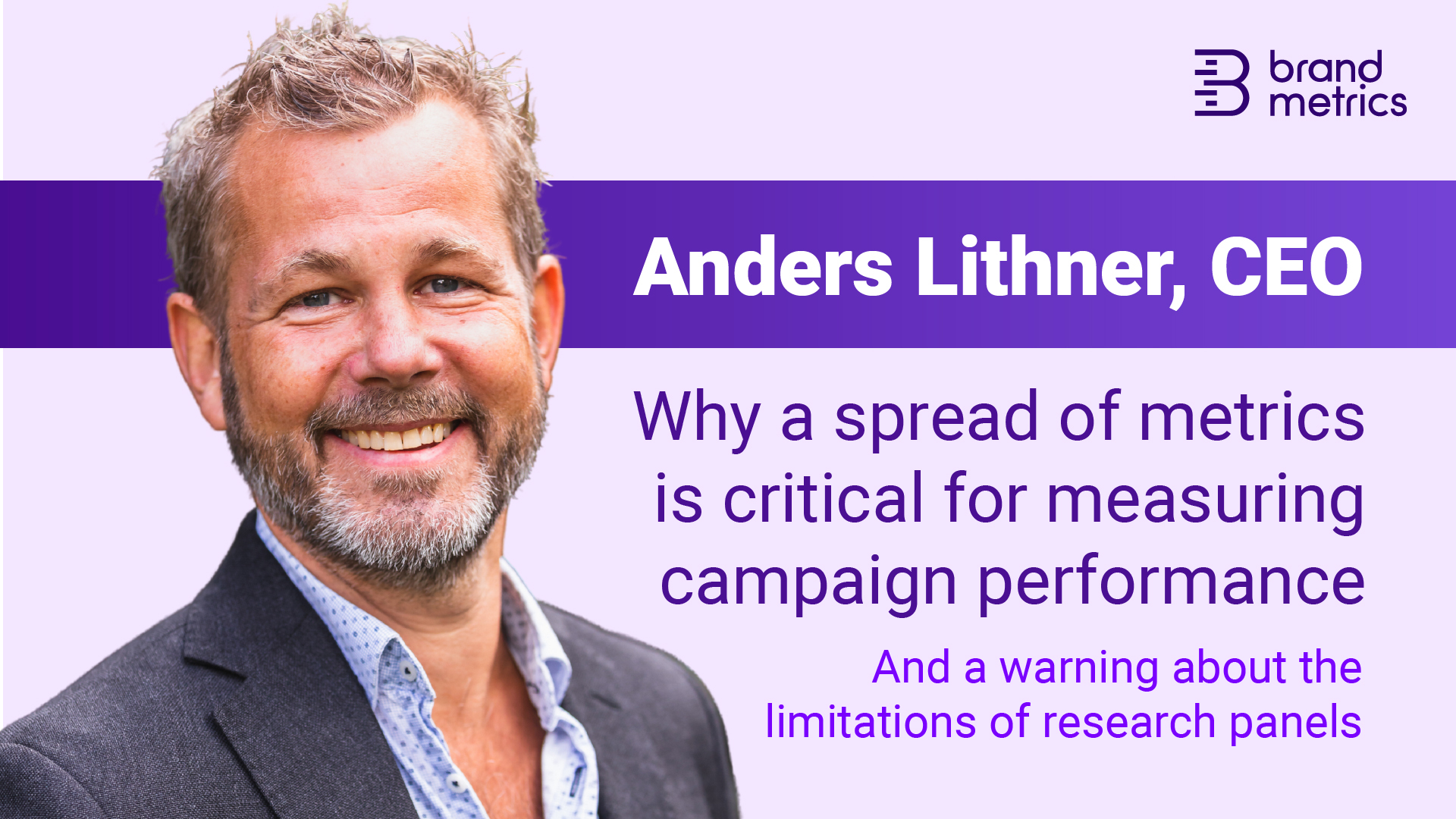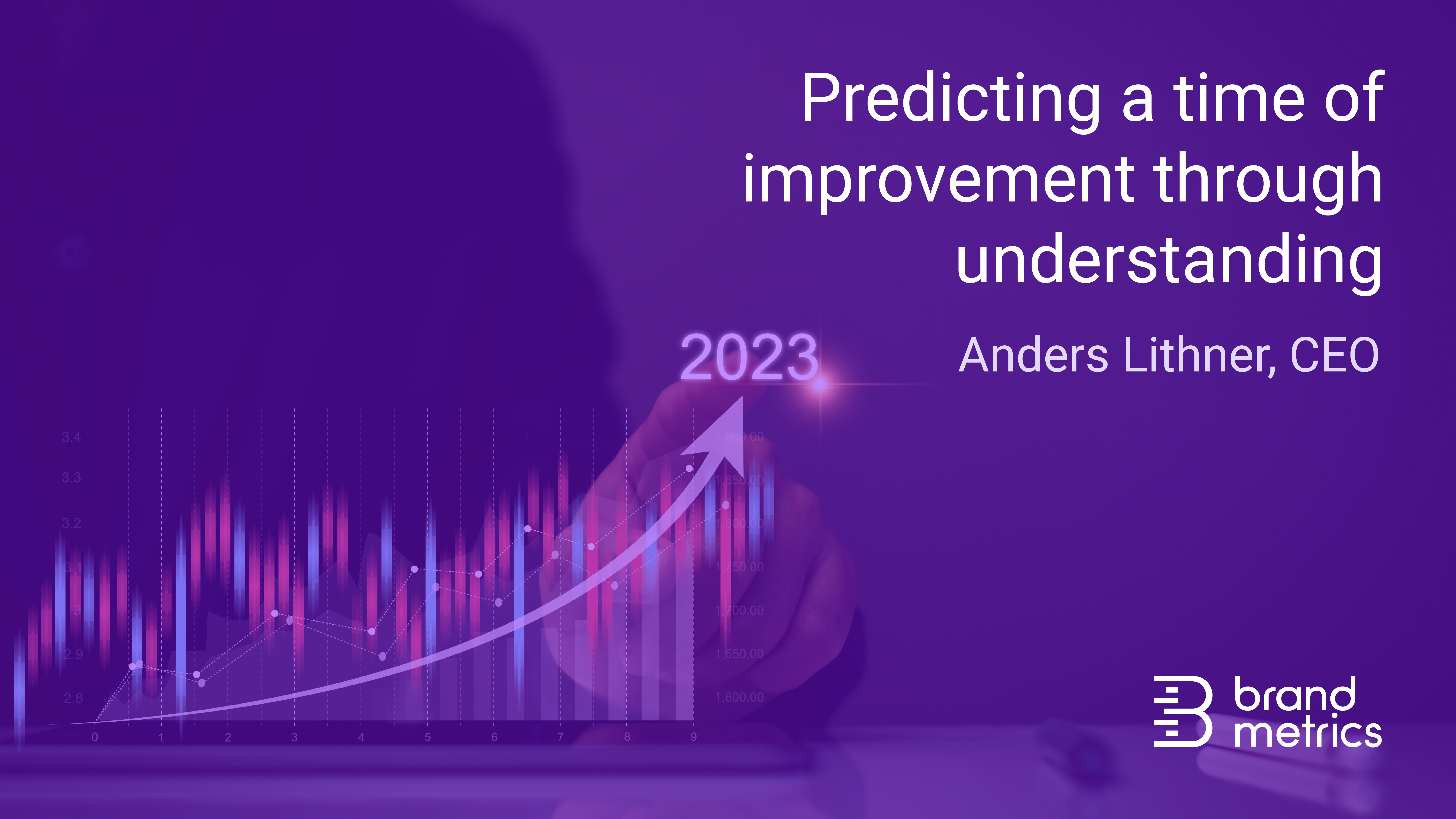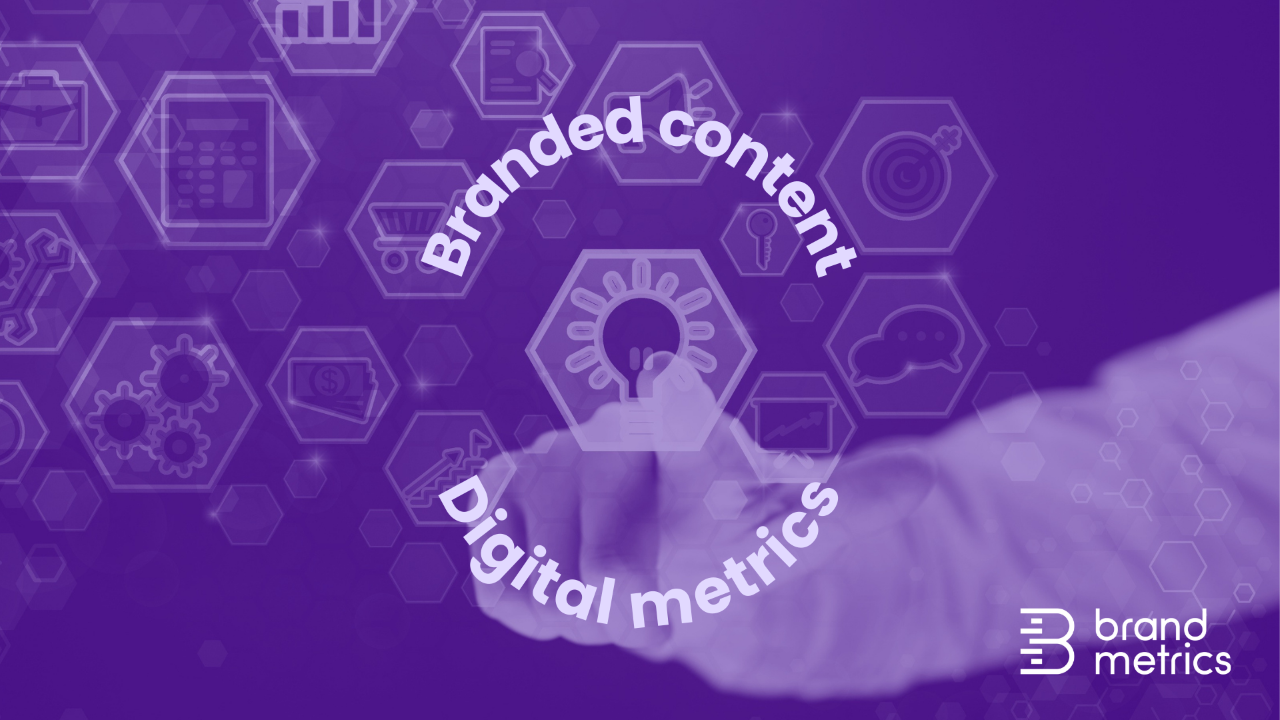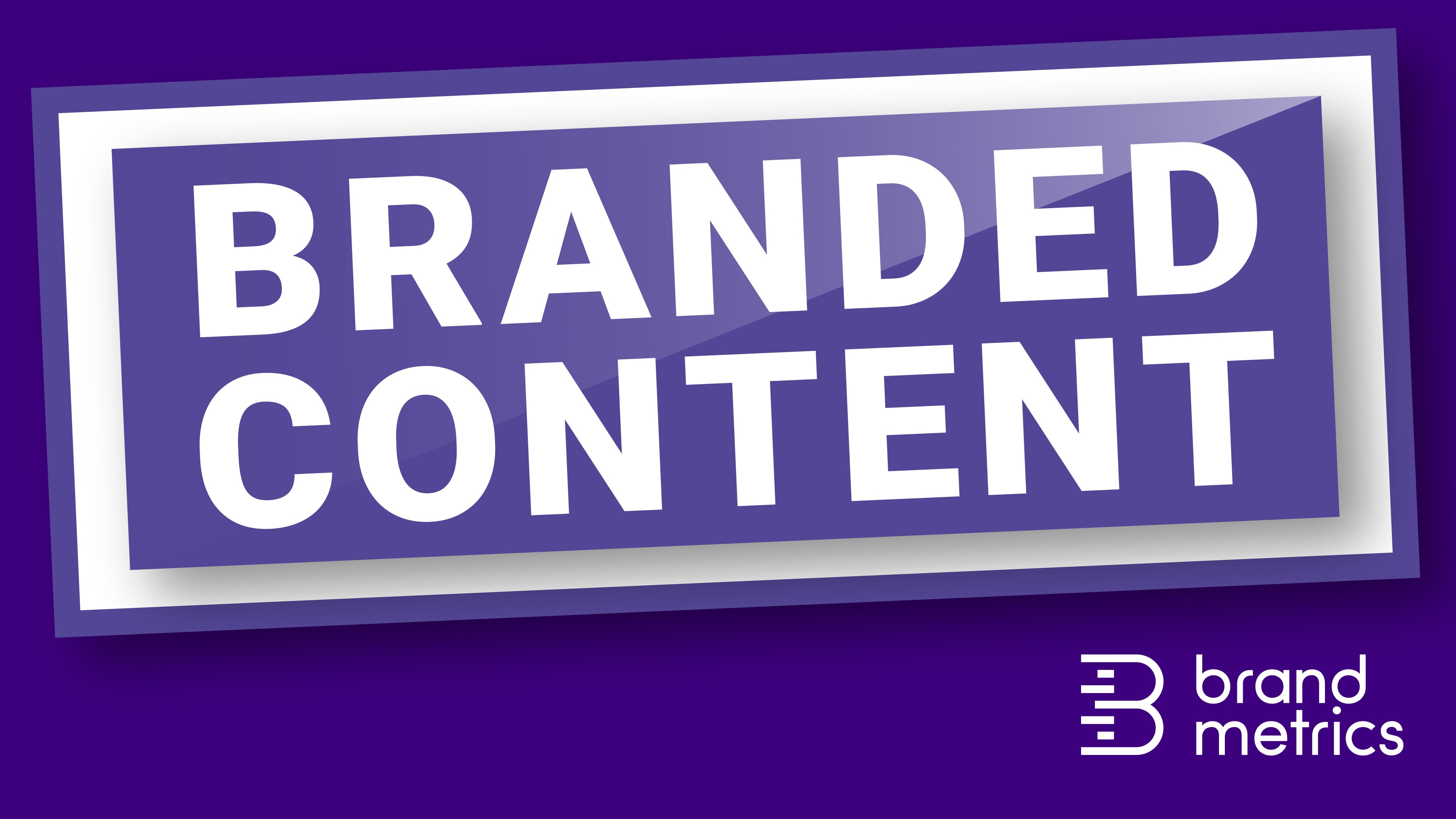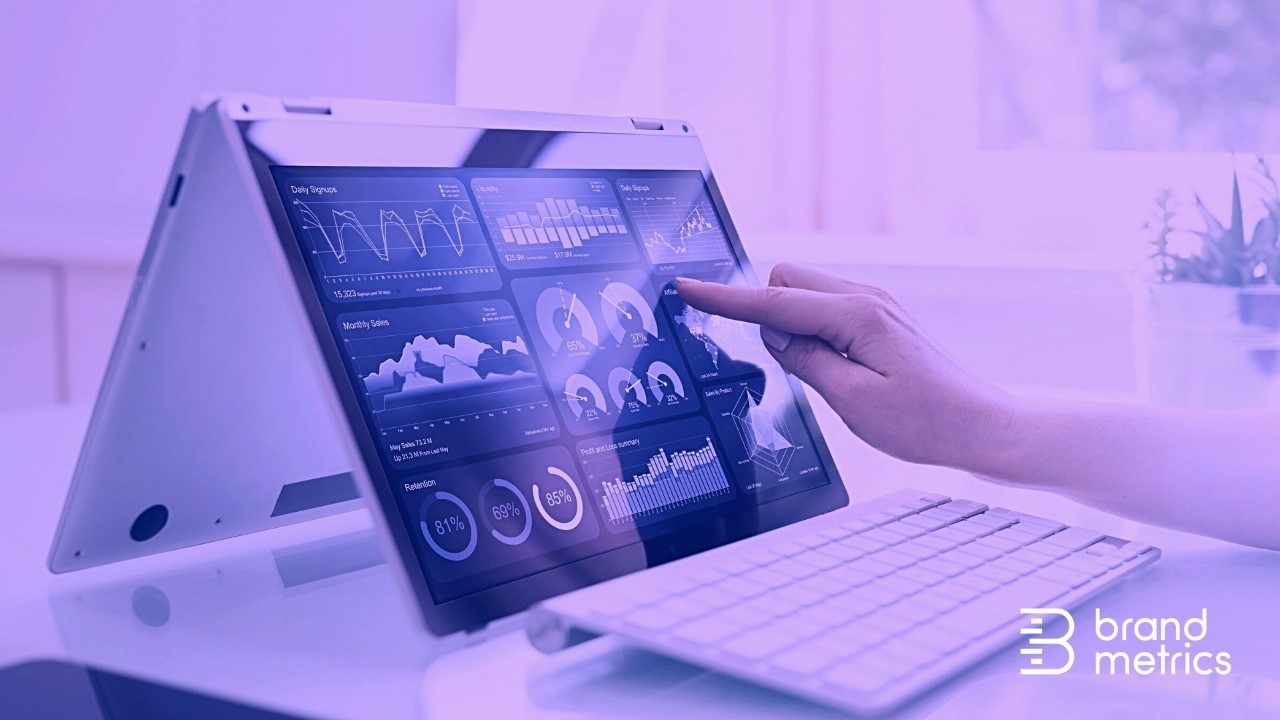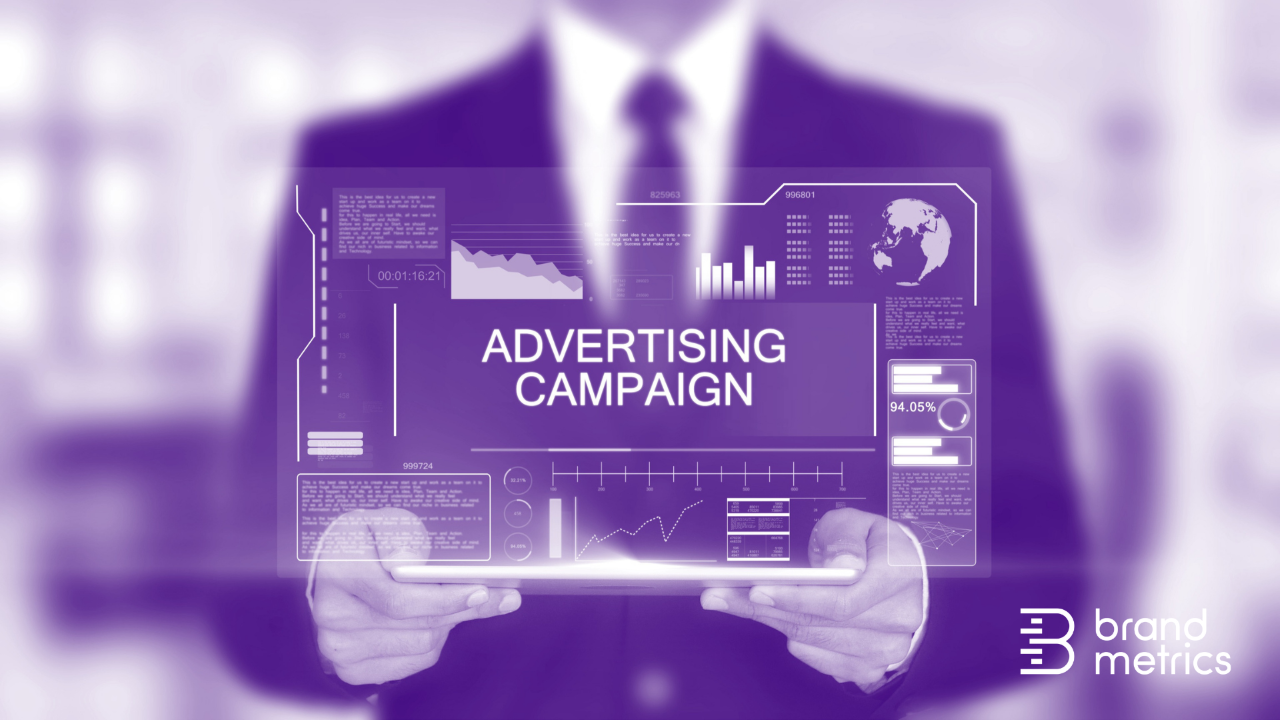Brand lift metrics: The key to performance marketing in 2023
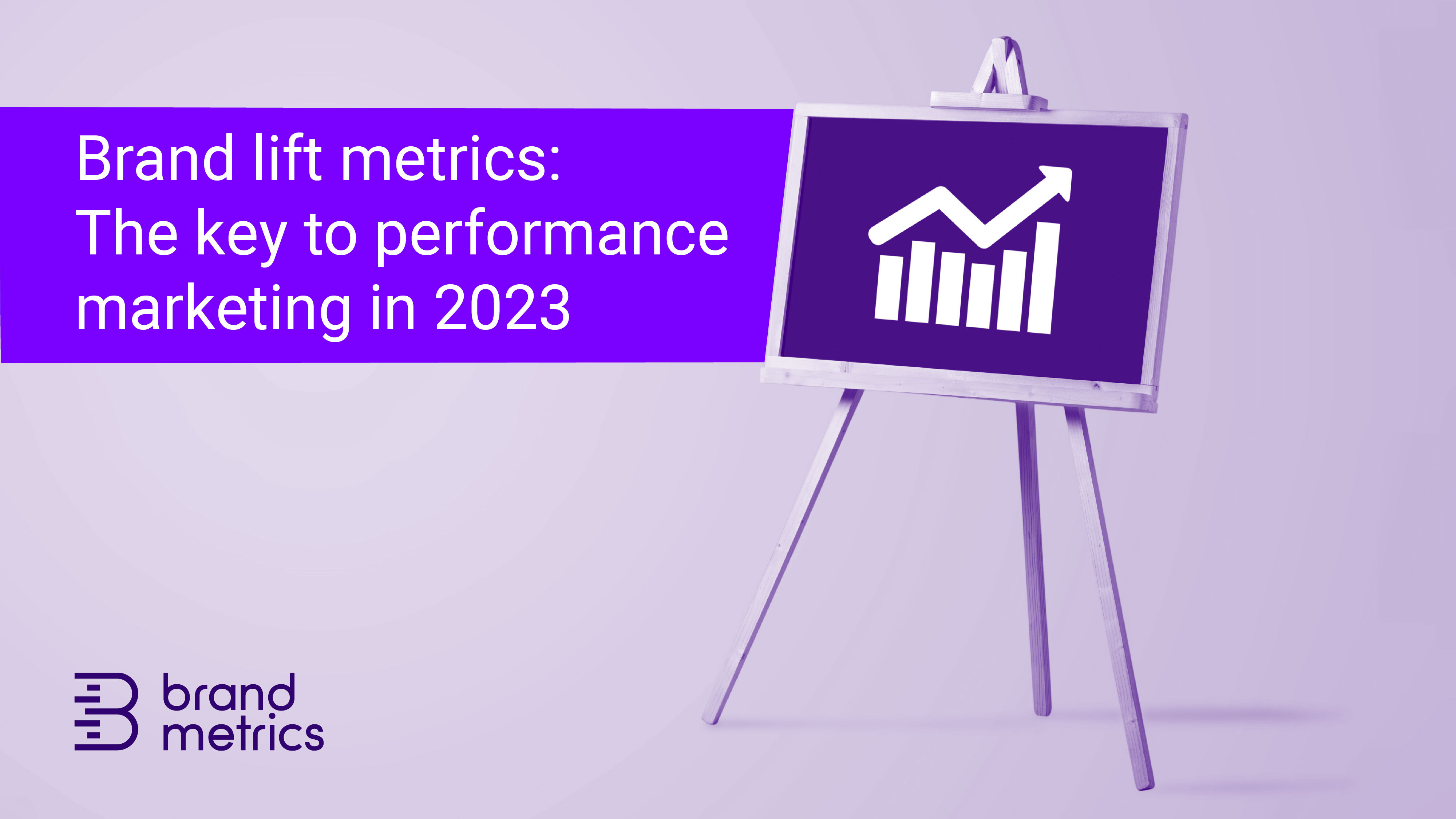
When we talk about performance marketing, we’re talking about campaigns with a specific and measurable outcome – campaigns that focus on tangible results to indicate success, which typically include clicks, leads, conversions and sales.
We believe that brand lift – a set of metrics including awareness, consideration, preference and action intent – is a key measurement for any digital advertiser looking to focus on the effectiveness of their campaign, and it needs to become part of that conversation.
No click, no success?
The modern consumer is exposed to anywhere between 6,000 and 10,000 adverts in an average day. During this time, they spend almost four hours online surfing the web via a desktop, smartphone or tablet device.
By extrapolating this information, it is reasonable to suggest a sizeable proportion of these ad exposures occur in an online setting. Say you’ve seen 6,000 ads. Even if only 10% were online, that means you’ve been exposed to almost 600 digital ads in the last 24 hours.
Now ask yourself: how many of those adverts did you click? I’d wager no more than five. Does that mean that the 595 adverts you didn’t click on haven’t worked at all? Of course not. They may have had a tangible impact on brand lift, which in turn can lead to a positive outcome further down the path to purchase.
Build brand messaging to target ad leakage
Every day, most of the ads we’re exposed to are subject to leakage, meaning they don’t result in a click. By developing brand messaging to address these leakage points, we can build loyalty for tomorrow, even if that means losing out on a click today.
Targeted messaging for potential leakage points in the click conversion funnel could follow this pattern:
- If a consumer doesn’t yet know your brand or new product, develop an advert that creates awareness.
- If they now know your brand but are not interested in engaging, create a message that builds consideration.
- When your brand becomes one they would consider using, offer a message that drives preference over other brands.
- Once you’ve become a preferred brand, craft a message to generate buyer intent.
- Finally, when you are a brand they intend to use in the future, curate brand messaging to drive action.
What are brand lift metrics?
If you are developing your messaging for these different stages in the purchase funnel, you should also be measuring their effect.
When it comes to performance marketing campaigns, we have a multitude of data around delivery and performance metrics at our disposal. We know how many impressions an ad receives, how long it is viewable, how many clicks through to the landing page, and the number of subsequent purchases.
Where we are lacking data is in the middle – the part that measures the impact a campaign is having on the mid-funnel metrics that impact the brand in the longer term. Without this, we can’t truly know how successful a campaign has been, or extract learnings for future impact.
This is the essence of brand lift – measuring the success of a brand through awareness, consideration, preference and action intent.
Five ways to leverage brand lift
If you’re considering adding brand lift data into your performance marketing metrics, here are five ideas to get you started:
- Keep it simple – focus on collecting the minimum data needed to assess the success of a campaign (ie awareness, consideration, preference and action intent).
- Little and often – consistency is key. Build small amounts of data continually over each campaign that will soon build into wider benchmarks.
- Remain independent – use an objective and transparent measurement process. Rather than measuring your own campaigns, use a trusted measurement partner to provide an accurate, unbiased overview of campaign results, as well as actionable strategies for campaign optimisation.
- Be open-minded – not all campaigns work the same. Embrace your results, both good and bad, to maximise your learning potential.
- Virtuous circle – take all of your learnings and build them into future campaigns for continual optimisation.
Short- and long-term benefits of measuring brand lift
Exploring the incremental effect of brand lift metrics over multiple campaigns brings significant benefits. Not only do you gain immediate insight into an individual campaign’s success, but over time, you also develop an in-depth understanding of what influences success, to feed into future strategies.
Brand lift measurements also allow you to capture wider data points beyond the core metrics such as frequency, response rates, device usage and region. While these data points may be too small-scale to provide meaningful insight from an individual campaign, collected consistently over time, you’ll amass a broad dataset that offers a holistic view of how your campaigns are helping to build your brand.
In summary, I believe that consistent and regular collection of brand lift data brings a whole new perspective to the performance marketing conversation. It offers a far greater understanding of what is happening to your brand perception between the delivery of the ad and subsequent click. This, in turn, will offer brand advertisers a far more holistic view of campaign effectiveness in 2023, leading to greater insight to inform future campaign success.
Sean Adams is global insight director at Brand Metrics.[Post first appeared in Marketing Week]


